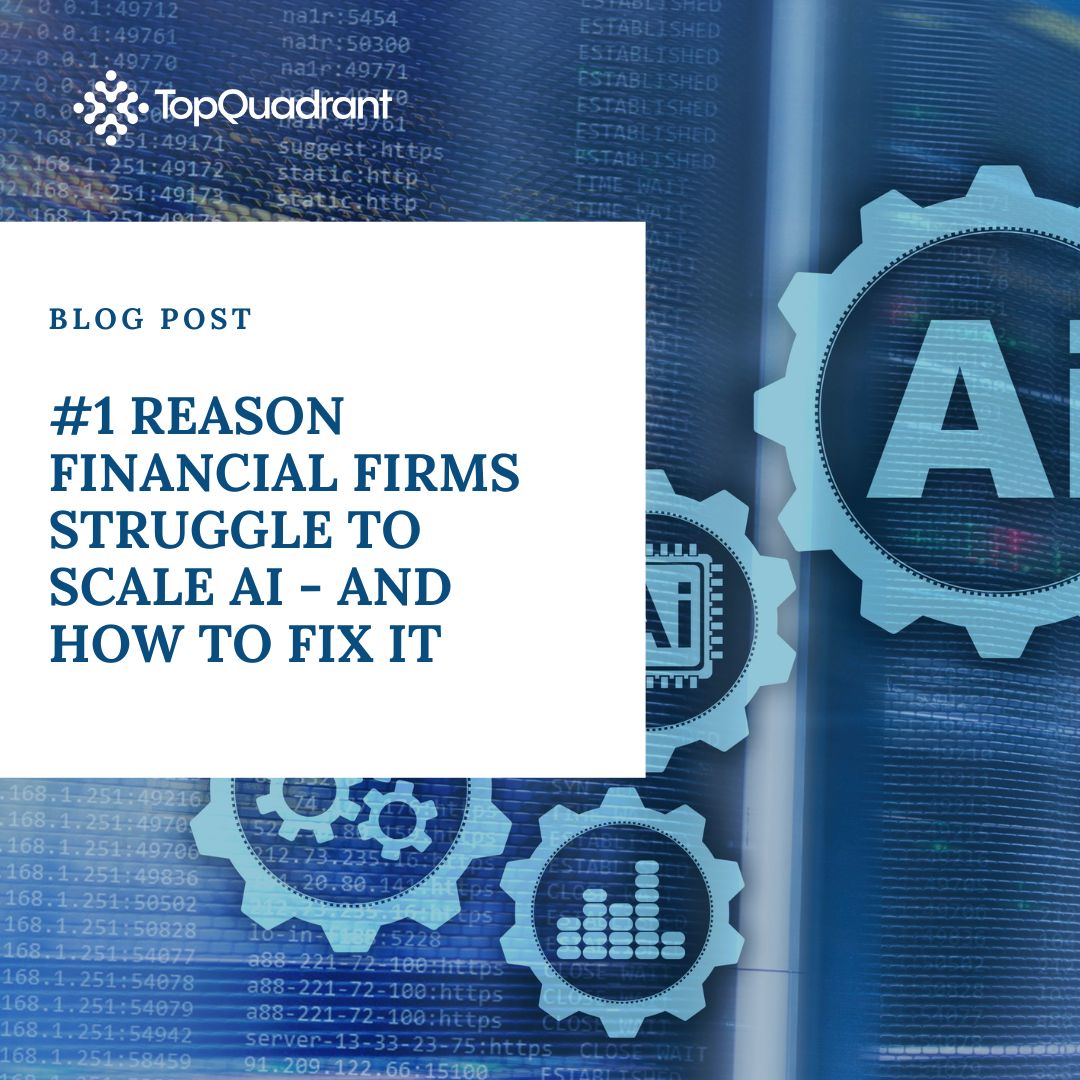Knowledge Graphs Help Build Scalable AI Agents
Harness the power of knowledge graphs to manage the metadata driving your AI architecture.

Why AI Agents Need a Semantic Foundation
Most AI agents today are just proof-of-concepts—they demo well but fall apart when deployed at scale. To build an AI agent that lasts, you need a semantic foundation. A knowledge graph helps manage the metadata driving your AI architecture, allowing you to:
Improve reliability
Get more accurate results
Enhance governable
Govern the data flowing to your AI pipelines
Enable scalability
Ensure the tools you build don’t become obsolete within a year
How to Build an AI Agent (the Right Way)
With a solid foundation in place, you can scale AI agents by adding data, enabling new use cases, and transforming enterprise knowledge into functional, language-driven agents.
Step 1
Step 2
Step 3
Step 4
Step 5

Step 1
Build your business case
Clearly define the problem statement, identify your users, and ensure you have access to the necessary data.

Step 2
Identify and Scope Data
Select the key datasets needed to achieve your goal.

Step 3
Make Your Data AI-Ready
AI agents require consistent terminology across datasets to be effectively queried.

Step 4
Orchestrate and Test
With your data ready, start with one AI agent and iteratively refine to boost accuracy and adaptability.

Step 5
Expand
With a solid foundation in place, you can scale AI agents by adding data, enabling new use cases, and transforming enterprise knowledge into functional, language-driven agents.
TopQuadrant’s Role in Your AI Journey
TopQuadrant makes data AI-ready, governs it with knowledge graphs, and supports scalable AI agents—ensuring accurate, context-aware results that evolve with your enterprise.
Related Knowledge
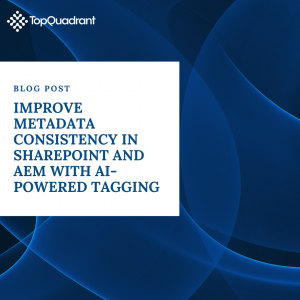
Improve Metadata Consistency in SharePoint and AEM with AI-Powered Tagging
Resource Hub Search Table of Contents < All Topics Main Data Governance Improve Metadata Consistency in SharePoint and AEM with AI-Powered Tagging Print Improve Metadata
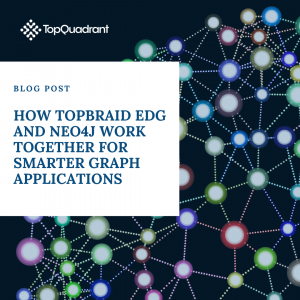
How TopBraid EDG and Neo4j Work Together for Smarter Graph Applications
Explores how TopBraid EDG and Neo4j now work together, allowing teams to manage governed knowledge models in EDG and use them in Neo4j for dynamic graph applications.
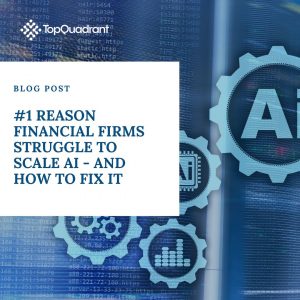
The #1 Reason Financial Firms Struggle to Scale AI (And How to Fix It)
Resource Hub Search Table of Contents < All Topics Main Data Governance The #1 Reason Financial Firms Struggle to Scale AI (And How to Fix
Feature Focus – Git Integration
Resource Hub Search Table of Contents < All Topics Main Data Governance Feature Focus – Git Integration Print Feature Focus – Git IntegrationThe video highlights
Lost in Translation? How to Make Your Business Glossary Actually Useful
Resource Hub Search Table of Contents < All Topics Main Knowledge Graphs Lost in Translation? How to Make Your Business Glossary Actually Useful Print Lost
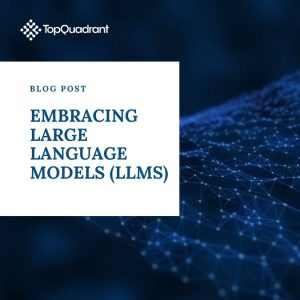
How TopQuadrant is embracing Large Language Models (LLMs)
Resource Hub Search Table of Contents < All Topics Main Data Governance How TopQuadrant is embracing Large Language Models (LLMs) Print How TopQuadrant is embracing
